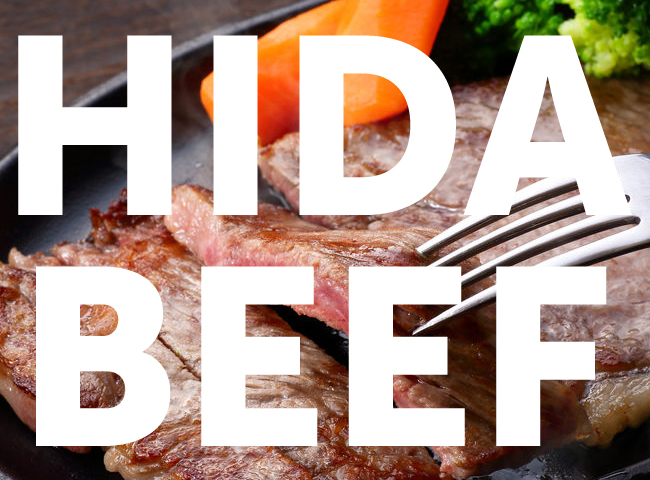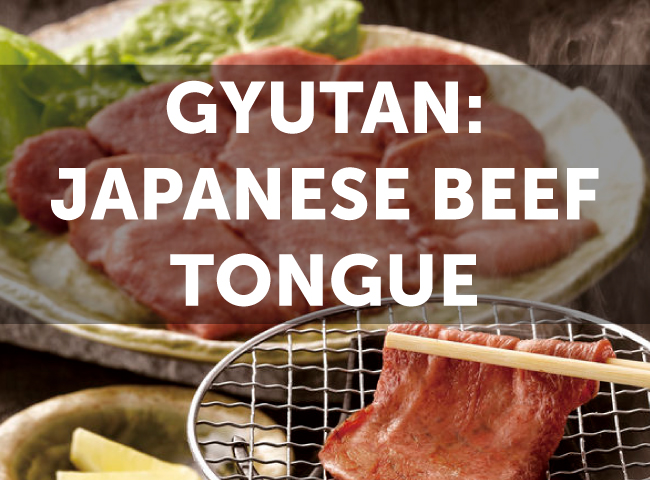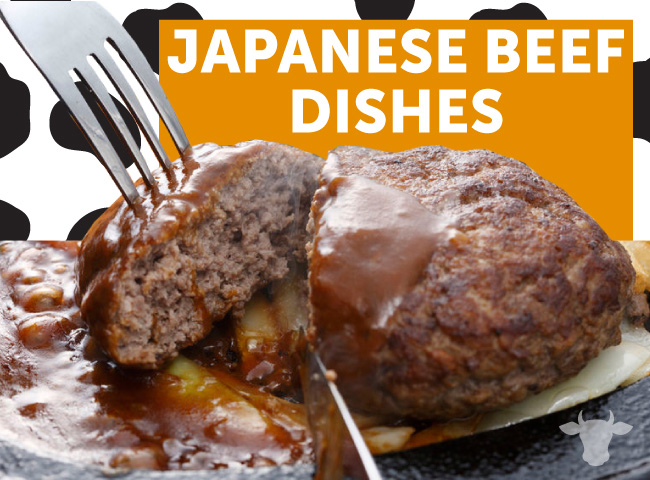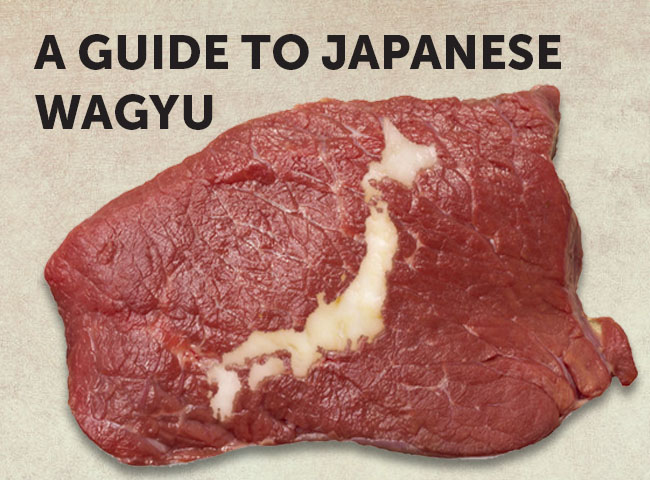Horumon: A Tourist's Guide to Japan's "Mottainai" Cuisine
The Japanese food horumon, also known as motsu, refers to organ meat, giblets, and other types of offal meat. While these cuts of meat may not be your first choice, in Japan they’re seen as a good way to restore stamina and nutrients to the body and fit in very well with the Japanese mentality of “mottainai” (avoiding wastefulness), which values using almost every part of the animal for cooking. If you’re on the fence about trying horumon in Japan, keep reading to learn about the types of meat you will encounter at restaurants, the best places to try it, and the different ways this Japanese delicacy may appear on the menu.
Types of Horumon
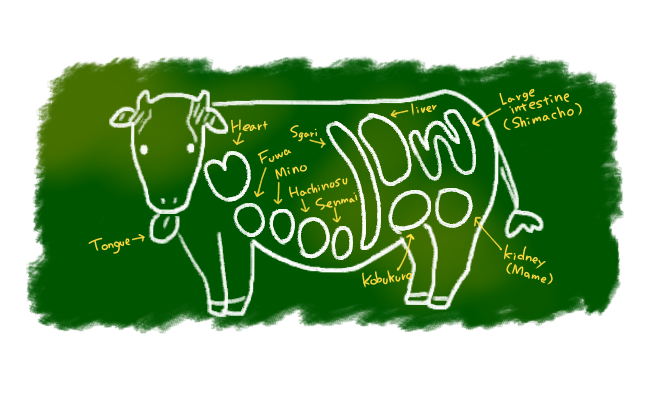
The practice of eating giblets first started with yakiniku, a style of barbecue that came to Japan via Korea. Organ meat and other bits of offal were inexpensive and the flavors were found to pair extremely well with alcoholic drinks. Over time, people came to enjoy eating horumon not just in yakiniku but other dishes, too.
There are many different cuts of offal and types of organ meat used in horumon cooking, but here are just a few of the most popular.
Gari (Esophagus)
Gari, or esophagus meat, has a light color and a crunchy texture.
Reba (Liver)
Reba, derived from the English word “liver,” is a type of organ meat that’s high in protein and low in fat. It’s best served lightly grilled but rare in the center for a creamy texture, since overcooking can cause the liver to become dry.
Harami / Sagari (Diaphragm)
Harami is the thin and chewy cut of meat from the diaphragm, also known as “skirt steak” in English. Despite its chewiness, the cut is very tender. Fattier cuts of diaphragm meat have a richer flavor and may be referred to as “sagari.”
Mame (Kidney)
Mame, or kidney meat, is a chewy organ meat with a gamey flavor that’s packed with iron and vitamins.
Hatsu / Yasaki (Beef Heart)
Hatsu, or beef heart, is very tender and has a deep red color. It may also be referred to as “yasaki” in some places.
Kobukuro (Pig Uterus)
Kobukuro, or pig uterus, may not sound appetizing for Westerners, but it’s very easy to mistake for a regular cut of pork. Also, the uterus is quite healthy as it is low in fat and high in protein.
Shibire (Pancreas)
Shibire, or beef pancreas, is an organ meat that’s very similar to sweetbreads (the thymus gland of veal or lamb).
Shiro (Intestine)
Shiro, or intestine, is a type of horumon that gets its name “shiro” (meaning “white”) from the color of the meat.
Teppo (Rectum)
Teppo, or rectum, is a springy cut of meat from the tail end of the intestine. While the meat itself may not sound appealing to many, teppo is quite tasty with miso sauce.
Where to Enjoy Horumon in Japan
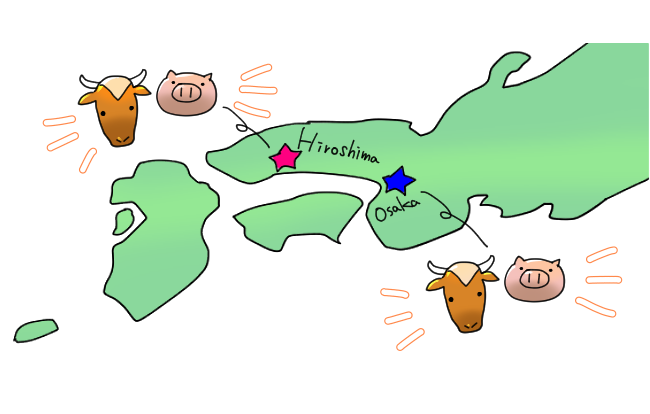
The Kansai region is believed to be the birthplace of horumon cuisine in Japan. Some people say that even the name “horumon” comes from the Kansai expression “horu mono,” meaning “discarded bits.” But rather than throw the offal and organ meats away, thrifty people in Osaka had the idea to use them in yakiniku barbecue. Horumon restaurants are also a common sighting along the backstreets of Hiroshima.
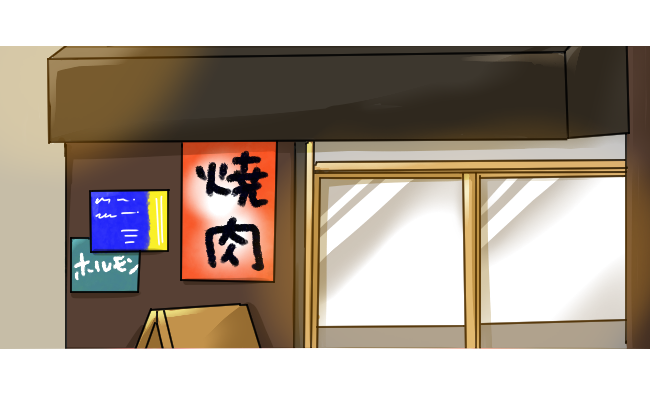
Horumon dishes are a typically found on the menu at yakiniku restaurants and izakaya (Japanese gastropubs) because the distinctly flavored offal and organ meats pair excellently with beer and spirits.
In addition, horumon cuisine has become an integral part of B-kyu gurume (B-class gourmet)—tasty, yet inexpensive working class food—throughout Japan. In small rural towns that have been otherwise unable to attract tourism, restaurants have banded together to create regional cuisine like horumon-based dishes made with special local recipes as a way to draw in food tourism.
Popular Japanese Horumon Dishes
Horumonyaki (Grilled Horumon)

Horumonyaki is the dish that first popularized horumon in Japan. A specialty of Osaka, it’s made by grilling marinated offal meat over a charcoal or gas flame. Horumonyaki was first eaten at Kansai-area Korean barbecue restaurants, while more expensive wagyu beef was reserved for upscale yakiniku restaurants. However, today, most yakiniku restaurants throughout Japan offer both on their menus.
Read: Yakiniku Restaurant Guide
Horumon Tempura
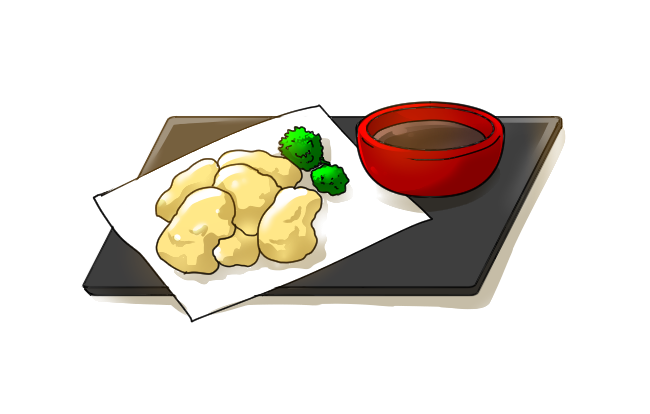
Although Hiroshima is mostly known for its oysters and okonomiyaki, the locals eat quite a bit of horumon. One popular local offal dish is horumon tempura, made by coating bite-size pieces of horumon with a light batter and deep-frying until crispy.
Horumon Don (Horumon Rice Bowl)
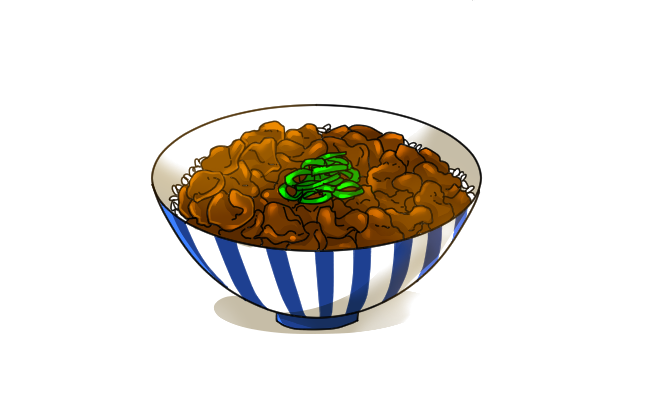
Horumon don is a dish made with various offal bits stewed in miso until tender and served donburi-style over rice with shichimi pepper spice and diced spring onions. The meat has a chewy texture that releases its flavor the longer you chew.
Read: Popular Types of Donburi
Horumon Nabe (Horumon Hot Pot)

Horumon nabe, also known as motsunabe, is one of the most famous foods from a region that’s known for its many tasty dishes. This hot pot, which originated in the Hakata area of Fukuoka, is made by cooking chewy beef or pork tripe, cabbage, and garlic chives in a miso or soy sauce-flavored soup topped with chili pepper spice. The flavorful dish has become popular across Japan, particularly among women as it’s seen as a healthy low-calorie food that’s high in protein.
Horumon Udon
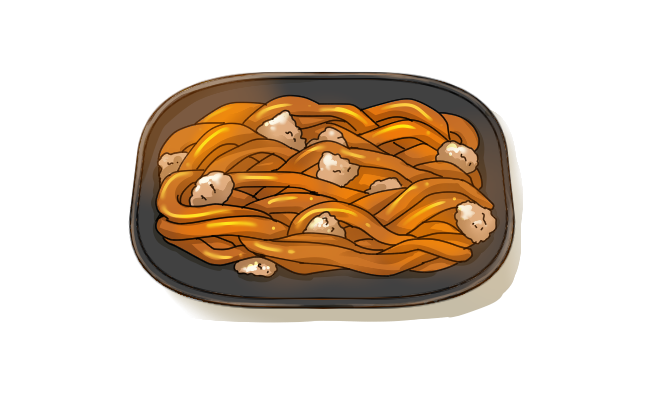
Tsuyama is a small castle town in the northern part of Okayama prefecture that is known for its local specialty horumon udon. The dish is made with various offal bits stir-fried together on a large teppan grill with cabbage, bean sprouts, and udon noodles for a hearty take on regular yaki-udon.
Horumon Yakisoba

Horumon yakisoba was first popularized in Ono City of Hyogo prefecture during the 1950s. Like horumon udon, it’s made by adding stir-fried noodles, sauce, and cabbage to horumon yakiniku.
Trying the Best Horumon Dishes Begins with Gurunavi
Offal dishes may be more popular in some national cuisines than in others; but whether or not they’re a popular food in your country, horumon is definitely worth a try in Japan. With dishes that range from yakiniku barbecue and cheap eats that go well with your favorite happy hour drink to horumon hot pots that are popular among women, there’s a dish for every taste. Check out Gurunavi’s listings for the best horumon restaurants close to you. Itadakimasu!



